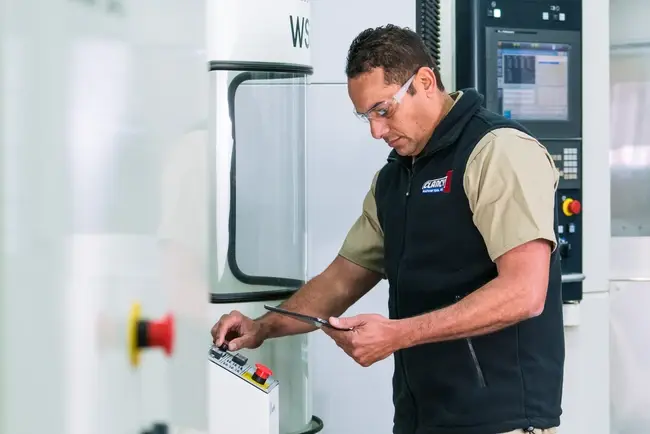
Lifecycle management is key to product healthcare and sustainability goals, says Sara Cerruti
If you have attended an industry conference recently, it would be fair to say that there are some common themes. We need to be more sustainable. We need to invest in skills, and we need to innovate, are perhaps the top three. Throw in resilience and regulation compliance and you’ve probably got a full house. Regardless of industry, we all share similar challenges and to a greater or lesser extent, legacy and cultural issues when it comes to confronting those challenges. But what threads these together and makes it possible for us to find a way to resolve issues, is data.
Through data, we can understand where and how to make effective change, if we know where to find it and how to use it. Those are big ‘ifs’ of course. One of the biggest issues, sustainability, is a great example of how data can be used to make transformational change. Yet in many organisations it tends to be hidden from those that can have a huge impact.
It’s estimated that 80 percent of all product-related environmental impacts are determined at the design phase of a product and yet how many R&D and product design teams get access to field performance and service data? Data silos and legacy technologies continue to restrict organisations and this comes at a cost - McKinsey says, CIOs estimate that legacy tech can add up to 20 to 40 percent of the value of their entire technology estate. But it also comes at an environmental cost.
Quite simply, to design more sustainable products, product engineers need to know how products are performing in the field under varying conditions. They need to know common failures and understand the ongoing impact of service. It’s a circular economy argument.
Interestingly, a PwC report on The importance of the circular economy in manufacturing, claimed that bringing the concept of the circular economy to life within the manufacturing value chain “involves substantial changes in core production and supply chain processes,” which would also require a “reverse logistics process to get the used products back into the cycle.” This makes sense but it’s only part of the solution. By focusing on the lifecycle of a product and not just its recyclability, manufacturers can start to shift their thinking towards longer product life and efficiencies in service provision.
An asset-centric, lifecycle management approach enables critical data to be fed back to engineering. Asset and service data allows organisations to understand the location, current condition, usage, performance, and service history of assets over their lifetimes. By aggregating this data, designers and decision makers can start to answer some pressing questions around product sustainability, costs and organisational performance.
Culturally, it may be a shift for some organisations, as most product development teams traditionally take a methodical approach to research. However, this is because they're often not aware of – and not leveraging – the best information available, which already exists within their organisations – asset data. By turning thinking on its head, organisations can begin to solve some challenging questions around product circularity and carbon impact. It means looking deeply at data availability, infrastructure and service management, to ensure connectivity across the lifecycle of assets.
There are some good examples of this. Engineering business 3D Systems produces 3D printing products and on-demand manufacturing services. Its goal to improve service response times, maximise asset uptime, reduce repeat service visits and better forecast future demand of products, led to technology change. Through a field service management transformation, the business now takes an asset-led approach to customers, with data flowing back and forth so that asset performance is fundamental to decision making.
In short, this has seen 3D Systems record a 195% increase in its NPS score in two and a half years - from 22 to 65, a 195% increase - a 62% reduction in parts usage and a 39% decrease in repeat visits. Data is now being fed into product development, improving design and longevity of assets, adding to its increased reduction in carbon impacts.
It’s a great example of a business moving towards a circular economy, in which service sits at the heart. We know reverse logistics to handle the return, refurbishment and remanufacturing process that is so critical to the circular economy is increasingly reliant on asset data to inform the entire function. It’s about not acting blind but understanding products throughout their lifecycle so that you can make them even better, for customers, for the environment and of course, the balance sheet.
-
Sara Cerruti is Senior Director of Global Customer Transformation at ServiceMax.







Comments ( 0 )